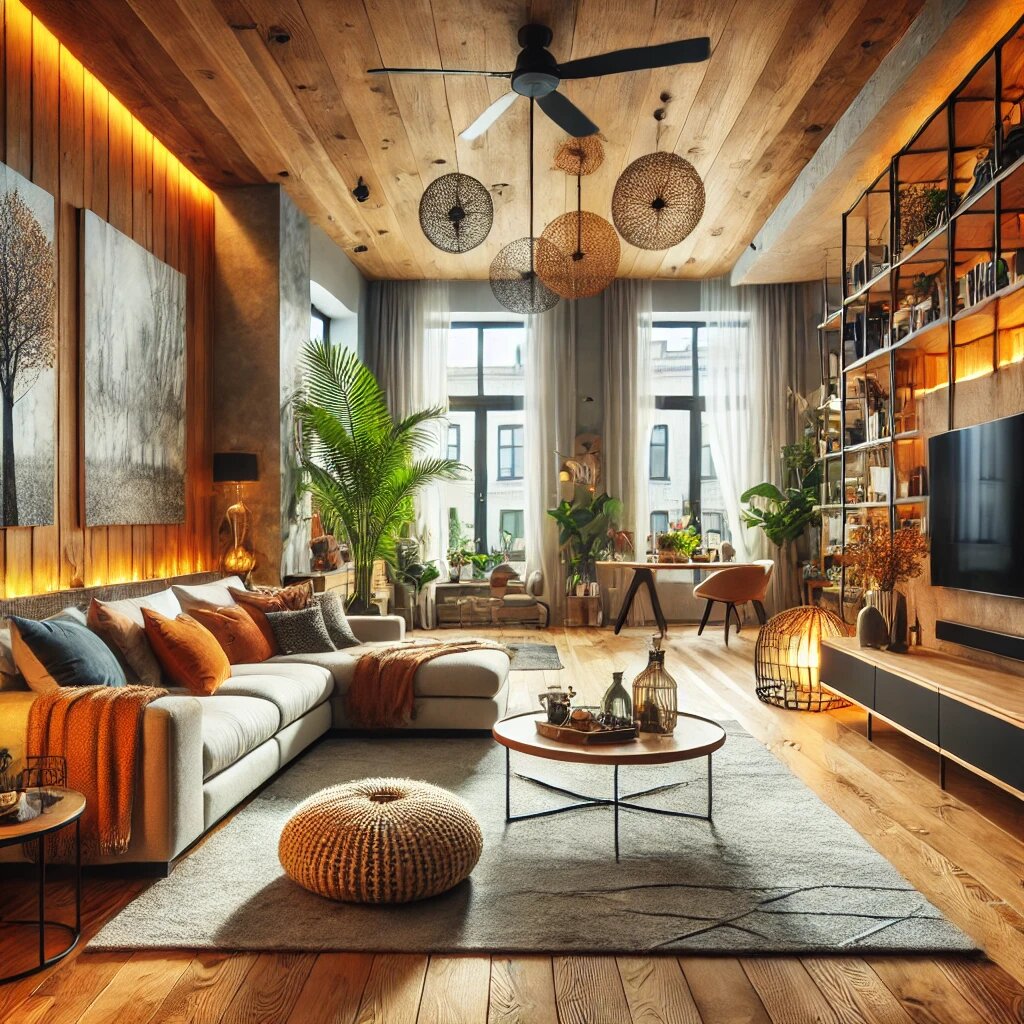Real estate photography is the backbone of property marketing. In a competitive market, quality images can make or break a listing. Enter flambient photography, an innovative technique that merges flash and ambient light to create perfectly balanced and captivating photos. This guide dives into the world of flambient photography, explaining what it is, how it works, and why it’s a game-changer in real estate photography.
What is Flambient Photography?
Flambient photography combines two distinct lighting techniques: flash photography and ambient lighting. This blend ensures:
- Vibrant colors
- Accurate exposure
- Realistic lighting
- Reduced shadows and glare
Unlike traditional real estate photography methods, flambient photography adds depth and sharpness to images while maintaining the natural feel of a space. It’s perfect for capturing a property’s warmth and character without sacrificing visual clarity.
Why is Flambient Photography Ideal for Real Estate?
- Accurate Representation: It reflects the true feel of a home, which is crucial for prospective buyers.
- Professional Appeal: Properties stand out with polished, magazine-quality images.
- Flexibility: Works well in different lighting conditions, ensuring every shot is picture-perfect.
How Flambient Photography Works
The process involves shooting multiple images of the same scene using different lighting setups and merging them in post-processing. Let’s break it down:
The Steps:
- Capture the Ambient Light Shot
This photo captures the room using only natural and available light. It sets the tone for the final image and preserves the space’s mood. - Shoot with Flash
Use a flash to eliminate unwanted shadows and balance out lighting inconsistencies. Flash provides crisp details and brings out textures. - Blend the Images
Using software like Adobe Photoshop or Lightroom, the photographer layers the flash and ambient light shots together. The goal is to create a harmonious blend that combines the best aspects of both.
Essential Equipment for Flambient Photography
To achieve professional results, photographers need the right tools. Here’s a list:
Camera Gear:
- DSLR or Mirrorless Camera: Look for one with excellent dynamic range.
- Wide-Angle Lens: Perfect for capturing entire rooms in a single frame.
Lighting Equipment:
- External Flash: For controlled lighting and precise flash bursts.
- Modifiers: Diffusers and softboxes soften the light for natural results.
Software:
- Editing Tools: Programs like Photoshop or Photomatix for blending and fine-tuning.
Tips for Perfecting Flambient Photography
Master Lighting Techniques:
- Balance is Key
Avoid overpowering the ambient light with flash. Subtle adjustments make all the difference. - Diffuse the Flash
Use a softbox or bounce the flash off walls to achieve softer, more even lighting.
Compose Thoughtfully:
- Declutter the Space: A clean, tidy room ensures attention stays on the architecture.
- Use Leading Lines: Direct the viewer’s gaze to focal points like windows or furniture.
Refine in Post-Processing:
Editing is crucial in flambient photography. Use masking techniques to selectively adjust highlights, shadows, and colors for a polished finish.
Advantages of Flambient Photography in Real Estate
- Consistency Across Listings
Buyers expect consistent quality when browsing multiple properties. Flambient photos provide uniformity across your portfolio. - Highlight Property Features
From hardwood floors to granite countertops, this technique emphasizes details that appeal to buyers. - Maximizes Online Engagement
Listings with high-quality photos receive more clicks and generate higher interest, leading to quicker sales.
Challenges of Flambient Photography (And How to Overcome Them)
While flambient photography has many benefits, it does come with its challenges:
Steep Learning Curve:
Merging flash and ambient light can take practice. Invest time in tutorials or workshops to master the technique.
Time-Consuming Post-Processing:
Editing flambient photos is meticulous but rewarding. Using advanced software tools can speed up the workflow.
Equipment Costs:
While the initial investment might be high, the returns—both in quality and client satisfaction—make it worthwhile.
FAQs
How does flambient photography differ from HDR?
HDR relies solely on combining multiple exposures of ambient light, while flambient photography incorporates flash for more controlled lighting and better detail.
Is flambient photography suitable for exterior shots?
Not typically. Flambient techniques are most effective indoors, where lighting is inconsistent.
Do I need expensive gear to start with flambient photography?
Not necessarily. You can start with a decent camera and basic flash setup, upgrading equipment as you gain experience.
Can I outsource flambient editing?
Yes, many photographers outsource their editing to professionals who specialize in flambient blending.
How long does it take to shoot a property using flambient photography?
Depending on the property size, a flambient shoot can take 1–3 hours, excluding editing.
Does flambient photography work for commercial properties?
Absolutely! Its versatility makes it ideal for both residential and commercial spaces.
Conclusion
Flambient photography is revolutionizing real estate marketing by delivering visually stunning, true-to-life images that capture a property’s essence. By combining flash and ambient light, this technique ensures photos are both realistic and eye-catching, giving properties a competitive edge in a crowded market. Whether you’re a real estate agent or a photographer looking to up your game, mastering flambient photography is a worthwhile investment that pays off in spades.
So, grab your camera, experiment with lighting, and take your real estate photo editing services to the next level!



Pingback:Hope and Resilience in Stage 4 Brain Cancer